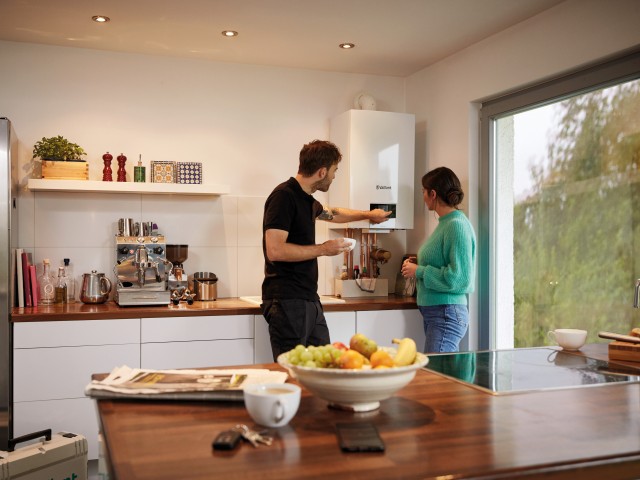One of the most common places you’ll find a heat exchanger is within your boiler. It’s the crucial component which produces hot water and heating for your property. Essentially, if you’ve found yourself with a faulty heat exchanger, you’ll soon find yourself without hot water or heating.
For that reason, it’s important to take good care of a heat exchanger to ensure your boiler is running at peak efficiency, saving you money on costly repairs. Unfortunately, not many homeowners know what a boiler heat exchanger is or how to keep it maintained.
We’ve compiled a helpful guide on understanding and maintaining boiler heat exchangers, as well as spotting issues that you’ll need to act on to keep your boiler functioning at its best.



